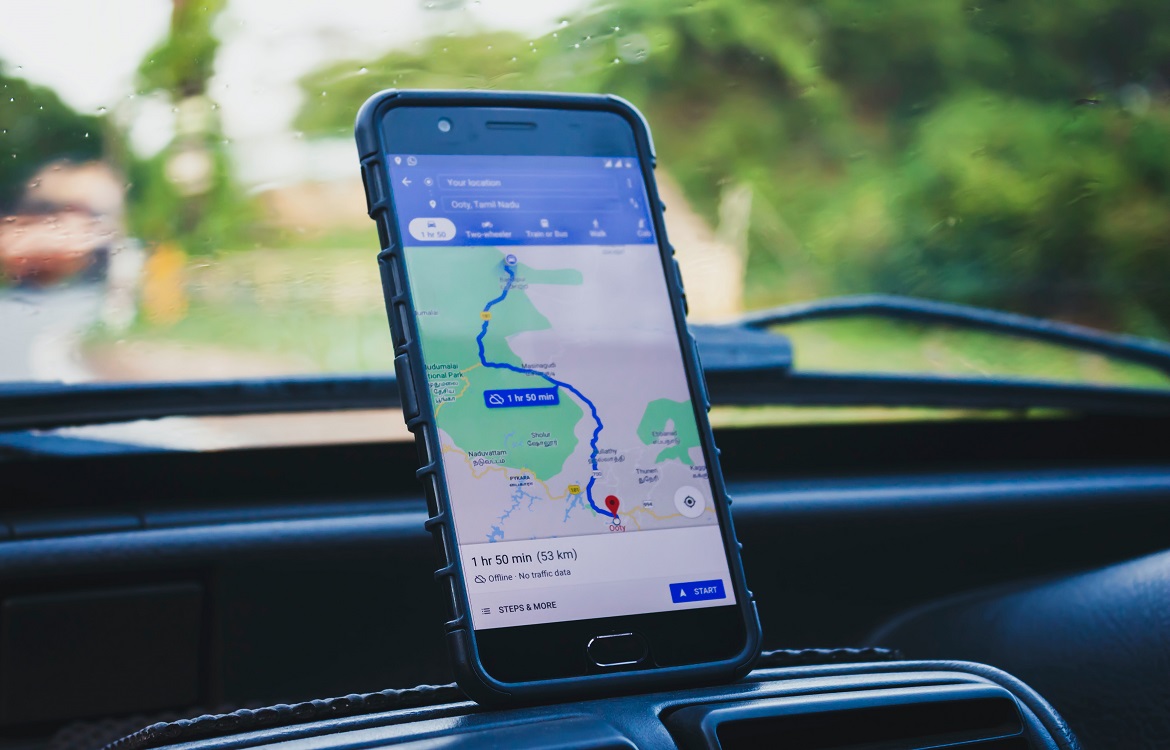


When it comes to choosing a navigation app for your smartphone, the choice often comes down to Apple Maps and Google Maps. Both are good options, and both are free. And while there are some differences in the battle of Apple Maps vs. Google Maps, there really isn’t a wrong option. That’s because whichever you choose, you’ll get a user-friendly experience that will help get you to your destination.
When it comes to comparing Apple Maps versus Google Maps, the biggest difference is that Apple Maps is only available for iOS users—meaning you need to have an Apple iPhone or iPad (it also comes pre-installed on these products). Google Maps can be used on different devices and platforms, including Apple products, but you’ll need to download it from wherever you get your apps. So, while Google Maps might be more convenient because it can be used with different operating systems, Apple Maps is convenient for iOS users because it comes pre-installed and doesn’t require a separate download.
Of course, when it comes to a navigation tool, accuracy is the most important factor.
Apple Maps had its fair share of challenges when it first launched, but those days appear to be in the past. It may not be able to match the resources of Google Maps, but is certainly accurate enough for daily navigation.
Since more people can use Google Maps, there’s more data that feeds back to Google. And since they’re ultimately able use all of that data to improve their service, it’s a boon to the accuracy of this navigation app.
How the two companies use your personal data is another major difference between Google Maps and Apple Maps.
Google generates revenue by collecting and sharing user data, and you need to be signed into a Google account to use Google Maps. That means they can collect, share and sell data regarding how you use the app and where you go whenever you’re using Google Maps.
Much of Apple Maps’ functionality is available without needing to be signed into a user account. Therefore, most of the data and directions stay on your phone.
In addition to their navigational features, Apple Maps and Google Maps both offer extra features.
Siri integration into Apple Maps is a popular feature that allows you talk to your device. In turn, your device will talk back and give you directions. Siri can also access Yelp reviews for locations, which can be handy if you’re traveling in an unfamiliar area and is an advantage that Apple Maps has over Google Maps. Apple Maps also has a flyover mode which allows you view certain landmarks and highly populated areas with 3D models of main structures.
Google Maps offers bicycle maps, which is desirable and helpful for cyclists. Google Maps also offers an offline mode—which is convenient if you’re in a location with little to no internet connection. So, if you are going to an area where the internet is slow or you can’t connect to the internet, you’ll be able to download maps and directions from Google Maps ahead of time and use it when you're offline.
Apple Maps
Google Maps
Overall, in the choice between Apple and Google Maps, the result is more or less a draw. Google Maps might have more features and a larger user base, but Apple Maps has Siri integration, uses less data, and comes conveniently pre-installed on iOS devices. Bottom line: you really can’t go wrong with either, and the right choice ultimately is a matter of personal preference.
For more tips, tricks, and how-to guides, be sure to visit the Tradmore Blog.Looking for a new Apple or Android device? Make sure to check out options from Trademore.
Trademore has no connections, affiliations, partnerships or sponsorship agreements with the companies, entities, services and/or products mentioned in this blog post. The opinions, thoughts, views and expressions made within this blog post are independently created by and attributable to Trademore authors and/or contributors.